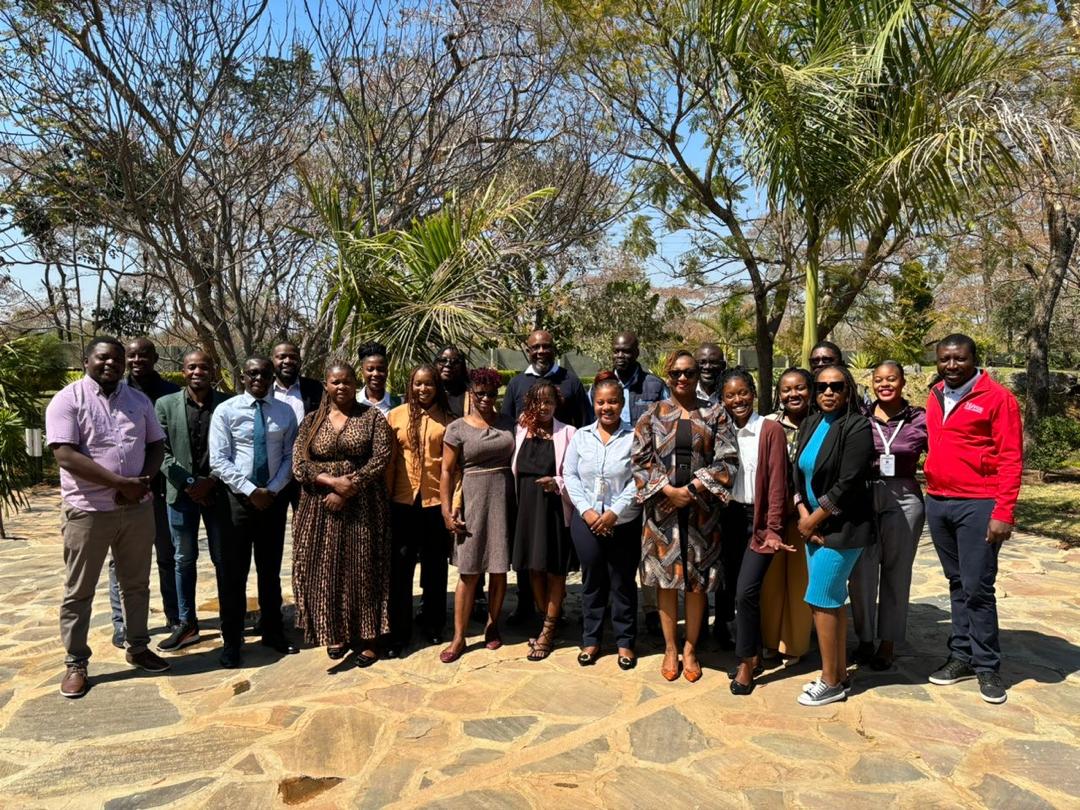
By Mary Kasoka Mwiikisa
Veronica Chilufya passionately recounts one of the climate change stories she worked on a few months ago, focusing on how extreme weather conditions affect people with albinism.
“It’s one of the stories that exposed me to the bigger picture of how climate change affects various aspects of human life. The people with albinism spoke about how they constantly need income for skin care products to protect their skin from damage,” Chilufya explains.
She is a young budding reporter from YAR FM Radio in Kitwe, who is among the 15 journalists who attended a two day media training workshop organised by HIVOS Southern Africa held at Tiffany’s Canyon in the Shimabala area of Kafue District in Lusaka province, from 20th to 21st August 2024.
The training focused on the Environment, Climate change, and Sexual Reproductive Health Rights (SRHR). It was a capacity building avenue through which journalists were empowered to understand the best way to tell their stories.
For Kennedy Kambole, a journalist from Sinazongwe Community Radio, the workshop was a timely opportunity to enhance the attention paid to climate change and SRHR stories in his district, Sinazongwe.
“Sinazongwe has a lot of mushrooming mines, some of which is lack of adherence to environmental standards. Some mine operations have led to dust pollution in the area, affecting vegetation and human health. This training has motivated me to keep advocating for the environmental rights of the community through improved and specialised reporting,” Kambole says
He attributed one of the major barriers to SRHR and environmental reporting to a lack of financial resources.
“A community radio station is a community-led project without funding, therefore lack of logistics that enable quality storytelling is always a challenge. This usually affects the scope of coverage for SRHR and environmental issues. I have been practicing journalism for over nine years and the best stories usually covered are those with logistical support,” Kambole added.
Meanwhile, an Expert in SRHR and one of the presenters at the training Leicester Phiri, emphasised the need for journalists to understand the linkage between climate change and SRHR.
“Journalists have a huge influence on society as they set an agenda for many issues, this is why they need to understand these topics better before reporting. This is why this training was very important,” Phiri said.
Mr Phiri disclosed that over 3,000 households were affected by floods in 2023 in the Mazabuka and Namwala districts of Southern Province. This situation led to the displacement of most of the affected households, thereby resulting in lack of access to SRHS.
He added that such climate change-induced scenarios were one of the reasons that led to SRH access challenges in Zambia. Hence, there need for journalists to be equipped with the right information.
Speaking during the official opening of the media training workshop, HIVOS Southern Africa Country Manager Limpo Chinika said the organisation was committed to providing a platform for the media to not only learn about the nexus between environmental issues and SRHR but to also encourage and propel journalists to identify the impact of climate change on SRHR in their work.
“We know that as journalists you interact with the public and you see how various environmental challenges have affected SRHR, therefore it’s important that you understand the nexus between the two issues to report accurately,” Chinika said.
The trained journalists are expected to raise awareness of Climate Change and SRHR issues after sharing useful insights about the environment and SRHS.
